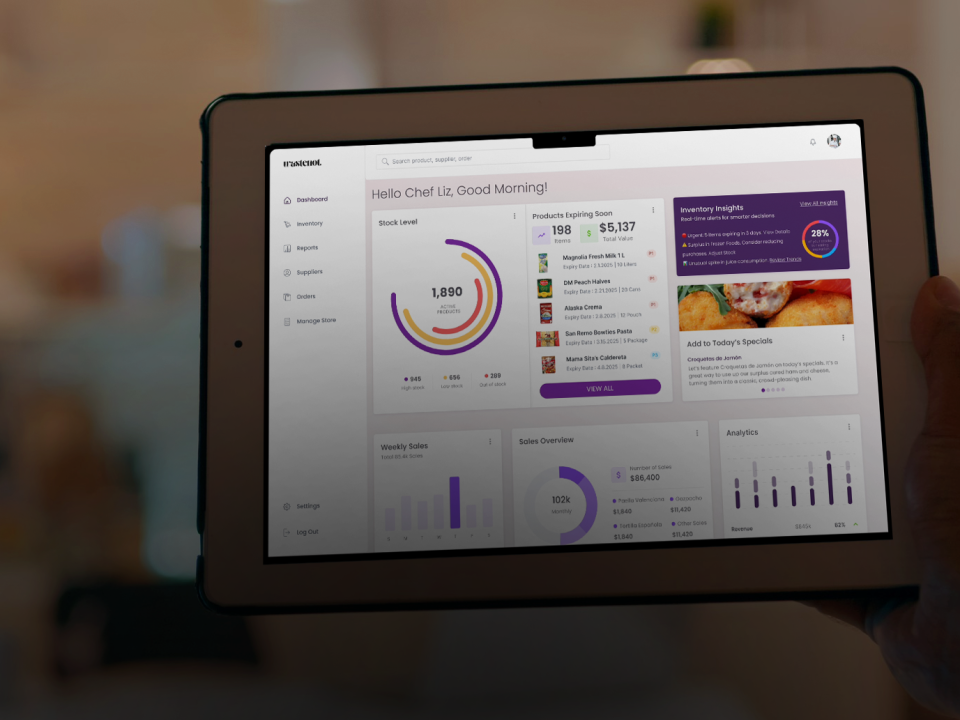Small Steps, Big Impact: How Any Restaurant Can Start Reducing Food Waste Today
Food waste is a major challenge in the restaurant world, but making meaningful changes doesn’t have to be overwhelming. Small adjustments can lead to big results—saving money, boosting efficiency, and helping the environment. Whether you own a small café or a busy restaurant, here are practical ways to cut food waste starting now.

1
Smarter Inventory Practices
A lot of waste happens because of poor inventory management. Start by keeping a detailed inventory of what you have, including expiration dates. Rotate your stock so older items get used first, and order only what you need by reviewing sales trends. These simple steps can prevent spoilage and keep your kitchen running smoothly.
2
Cook What You Need
Overproduction is a common culprit when it comes to food waste. To avoid cooking too much, take a closer look at what’s selling. Adjust your preparation based on demand, and use extra ingredients in daily specials. If portion sizes are causing leftovers, consider resizing to better match what customers actually finish.
3
Use Leftovers Wisely
Leftover ingredients don’t have to end up in the trash. Turn them into soups, sauces, or even new dishes. Encourage customers to take home what they can’t finish by providing convenient, eco-friendly containers. Leftovers can also become meals for your staff, ensuring every ingredient finds a purpose.
4
Donate What You Can
When you have surplus food that’s still good to eat, think about donating it. Many communities have food banks or shelters that can make use of extra food. Research local guidelines and build relationships with these organizations to ensure your donations make a real difference.
5
Train Your Team
Your staff plays a huge role in waste reduction. Teach them how to handle food properly to extend its shelf life, and involve them in spotting and addressing waste issues. When your team is aware and engaged, you’ll see results faster.
6
Involve Your Customers
Your customers can help, too. Offer flexible portion sizes or customizable meals to reduce what gets left on plates. Share your efforts to reduce food waste on menus or social media to inspire their support. Encourage them to take leftovers home with sustainable packaging.
7
Track Your Progress
Keep an eye on how you’re doing. Set clear goals, like reducing waste by a certain percentage over a few months. Measure what you’re saving in costs and resources, and adjust your approach based on what works. Tracking progress helps you stay motivated and improve over time.
8
Small Actions, Big Results
Reducing food waste doesn’t have to be difficult. A few thoughtful changes can make a big difference for your business, your community, and the planet. Start with small steps, stay consistent, and see how those efforts add up to meaningful change.

